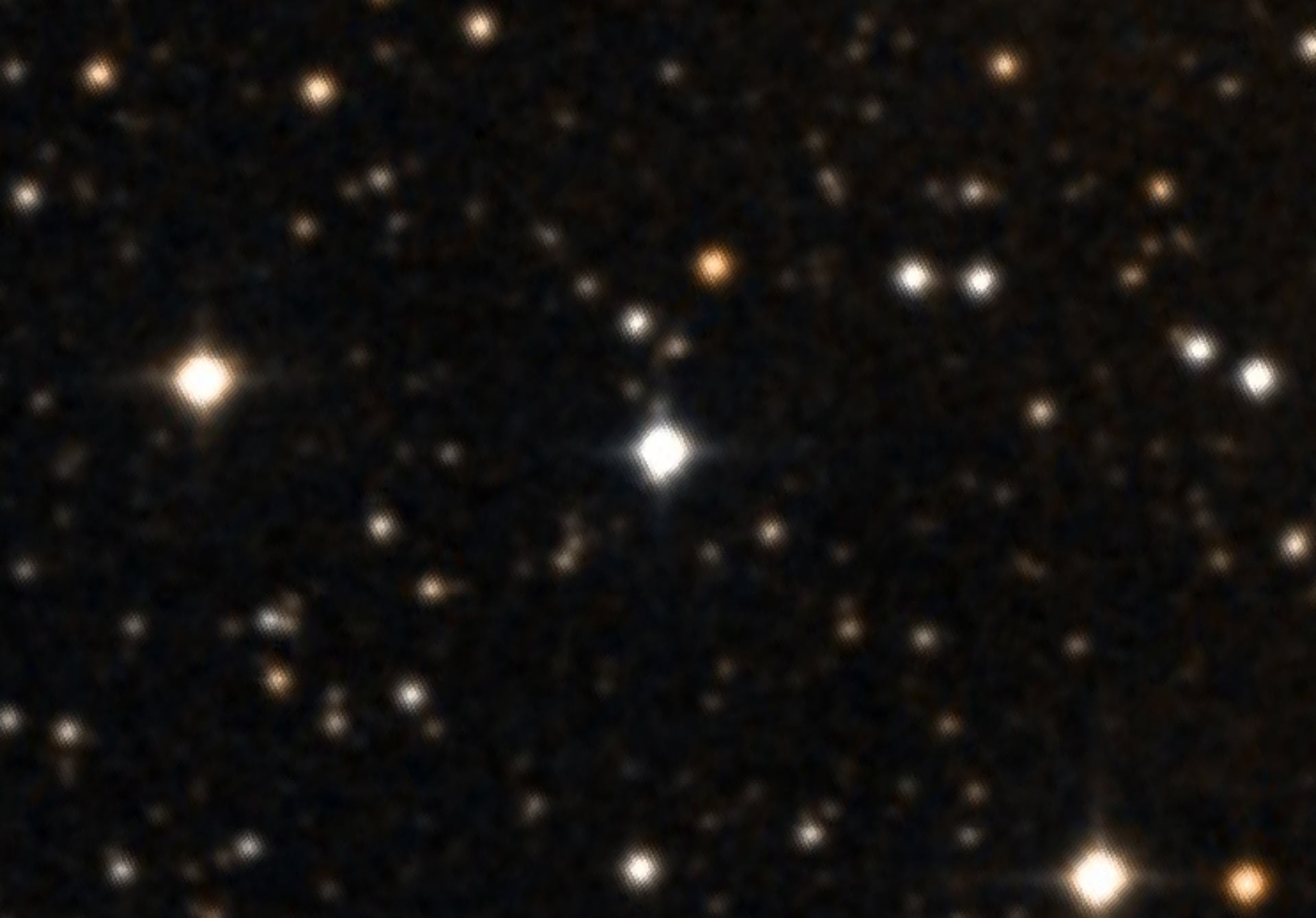
Tabby’s Star is a mysterious Sun-like star some 1,500 light-years distant in Cygnus the Swan, just a few arcminutes northeast of open star cluster NGC 6866. But unlike our Sun, this 12th-magnitude star dims randomly, by anything from 5 to 22 percent, for days at a time.
The phenomenon has left researchers baffled. If it were a giant planet passing in front of the star, it would make more regular eclipses. A Jupiter-sized planet would also only block about 1 percent of the star’s light, meaning the planet would be unlike anything known.
What’s equally bizarre is that after American astronomer Tabetha “Tabby” S. Boyajian discovered the star’s grand and irregular fluctuations in 2015, follow-up observations by astronomers around the world revealed that the overall magnitude of the star has been gradually dimming over the years. How can this be?
Some proposed theories are believable, including brightness changes intrinsic to the star, perhaps caused by its magnetism or changes in heat flow in its interior. Others are more out there — like activities by an extraterrestrial race. One of the most plausible explanations is that the dimming is caused by chunks of an orphaned exomoon. Such a moon could have been pulled away from its planet by gravitational interactions with Tabby’s Star; as the moon came close to the star, it disintegrated, sending dust clouds into stellar orbit. These dust and chunks of rock are now moving between us and Tabby’s Star in a clumpy cloud, which would at least explain the irregular brightness variations. Then again, who knows?









